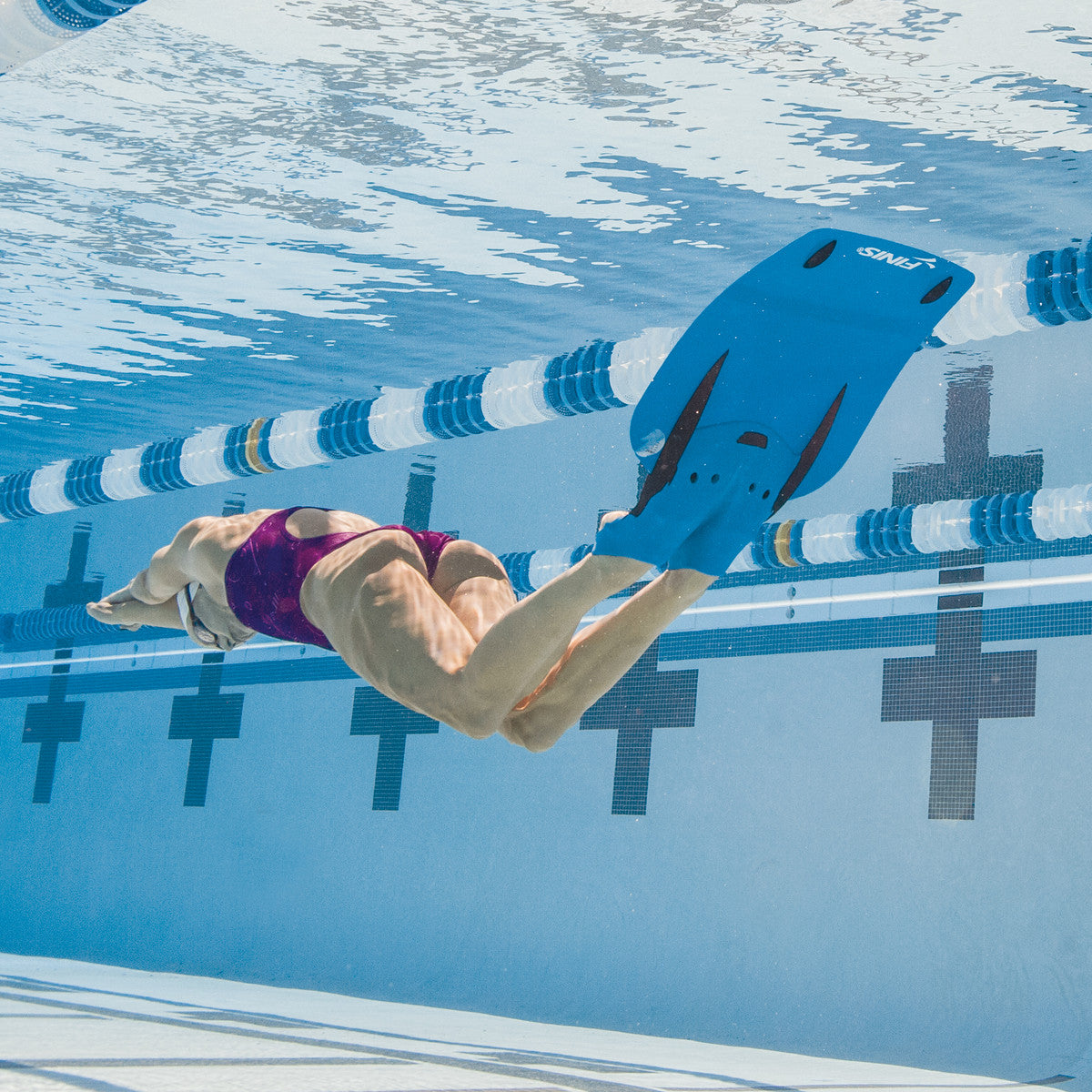
Monofin training has emerged as a powerful tool for competitive swimmers looking to gain an edge in the water. This specialized training method leverages the unique design of the monofin to enhance speed, power, and efficiency, making it an excellent addition to any serious swimmer’s regimen. In this ultimate guide, we’ll explore the benefits of monofin training, essential techniques, and how to integrate this practice into a competitive Finswimming monofin swimming routine.
Understanding the benefits of Monofin Training
Monofin training offers several advantages that can significantly improve a swimmer’s performance. The monofin, with its single, large blade, allows for faster propulsion through the water by creating a powerful undulating motion that engages the entire body. This type of training enhances muscle coordination, increases core strength, and improves flexibility, all of which are crucial for competitive swimming. Additionally, the monofin’s design encourages a streamlined position in the water, reducing drag and allowing swimmers to cover more distance with less effort. These benefits translate directly into better race performance, particularly in events that require strong underwater phases, such as starts and turns.
Mastering the Core Technique: The Dolphin Kick
The dolphin kick is the cornerstone of effective monofin swimming. Unlike the traditional flutter kick, the dolphin kick involves a wave-like motion that starts from the chest and flows through the hips, knees, and ankles. To master this technique, swimmers must focus on maintaining a fluid and continuous motion, ensuring that the power originates from the core rather than the legs. Practice the dolphin kick both with and without the monofin to develop muscle memory and perfect the timing and rhythm. Pay close attention to body alignment and ensure that your movements are smooth and coordinated to maximize propulsion and minimize drag.
Enhancing Strength and Flexibility for Monofin Success
Monofin training places significant demands on the swimmer’s core and lower body muscles, making strength and flexibility essential components of a successful training regimen. Core exercises like planks, Russian twists, and leg raises help build the necessary strength to sustain the undulating motion of the dolphin kick. Additionally, flexibility in the hips, ankles, and lower back is crucial for achieving the full range of motion required for efficient monofin swimming. Regular stretching, combined with dynamic warm-up routines and activities like yoga or Pilates, can improve flexibility and prevent injuries.
Incorporating Monofin Drills into Your Training Routine
To fully reap the benefits of monofin training, it’s important to incorporate specific drills into your regular swim workouts. One effective drill is the “no-arm dolphin kick, ” where swimmers focus solely on the undulating motion of the body, leaving the arms by their sides. This drill emphasizes the importance of core engagement and helps swimmers refine their technique. Another useful drill is swimming with a snorkel, which allows swimmers to concentrate on maintaining a streamlined position and perfecting their kick without worrying about breathing. Additionally, performing timed sprints with the monofin can help build speed and power, while longer, endurance-focused swims improve overall efficiency.
Building Endurance and Power Through Monofin Training
Competitive swimmers must balance speed with endurance, and monofin training offers an effective way to develop both. The resistance created by the monofin forces swimmers to work harder, building muscle strength and cardiovascular endurance simultaneously. Incorporating interval training with the monofin-alternating between high-intensity sprints and recovery swims-can significantly improve a swimmer’s ability to maintain speed over longer distances. Additionally, using the monofin during underwater sets can enhance a swimmer’s ability to perform strong underwater phases, which are critical for competitive success in events like the 100m or 200m freestyle, butterfly, and backstroke.
Integrating Monofin Training into Your Competitive Season
While monofin training offers numerous benefits, it’s important to integrate it strategically into your overall training plan, especially during the competitive season. In the early phases of training, focus on building strength, endurance, and technique with regular monofin sessions. As competition approaches, taper the frequency and intensity of monofin workouts to avoid overtraining while maintaining the benefits of enhanced speed and power. Using the monofin during specific training sets, such as underwater kick sets or speed work, can help fine-tune your performance without detracting from other aspects of your swimming routine.
Tracking Progress and Making Adjustments
As with any training method, monitoring progress and making adjustments is crucial for maximizing the effectiveness of monofin training. Keep track of key performance metrics, such as times for specific sets, underwater distances, and kick speed, to gauge the impact of monofin training on your overall performance. If you notice improvements in these areas, consider increasing the intensity or duration of your monofin workouts. Conversely, if progress plateaus or if you experience discomfort or injury, reassess your technique and training load, and make necessary adjustments. Regular feedback from coaches, as well as video analysis of your monofin technique, can also provide valuable insights into areas for improvement.
Conclusion
Monofin training is a powerful tool for competitive swimmers seeking to enhance their speed, strength, and efficiency in the water. By mastering the dolphin kick, building strength and flexibility, incorporating targeted drills, and strategically integrating monofin workouts into your training routine, you can achieve significant improvements in your swimming performance. As you progress, remember to track your results and make adjustments as needed to ensure that your training remains effective and aligned with your competitive goals. With dedication and consistent practice, monofin training can help you reach new heights in your swimming career.